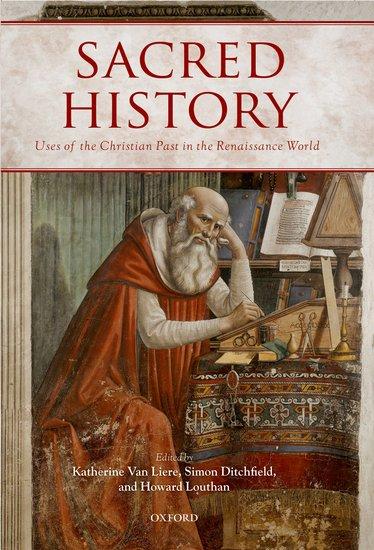Sacred History

With deep medieval roots, ecclesiastical history was generally a conservative enterprise, often serving to reinforce confessional, national, regional, dynastic, or local identities. But writers of sacred history innovated in research methods and in techniques of scholarly production, especially after the advent of print. The demand for sacred history was particularly acute in the various movements for religious reform, in both Catholic and Protestant traditions. After the Renaissance, many writers sought to apply humanist critical principles to writing about the church, but the sceptical thrust of humanist historiography threatened to undermine many ecclesiastical traditions, and religious historians often had to wrestle with tensions between criticism and piety.
Thirteen thematic chapters examine the influence of Renaissance humanism, religious reform, and other political, intellectual, and social developments of these two centuries on the writing of ecclesiastical history in its various forms. These diverse genres, inherited from medieval culture, included saints' lives, diocesan histories, national chronicles, and travel accounts. Early chapters examine Catholic and Protestant traditions of sacred historiography in western Europe, especially Italy and Switzerland. Subsequent chapters examine particular instances of sacred historiography in Germany, central Europe, Spain, England, Ireland, France, and Portuguese India; and developments in Christian art historiography and Holy Land antiquarianism.






